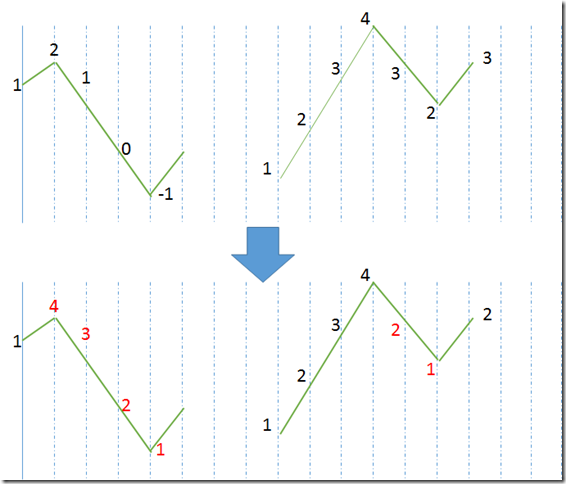Question
Given an array of integers, every element appears twice except for one. Find that single one.
Note:
Your algorithm should have a linear runtime complexity. Could you implement it without using extra memory?
Stats
| Adjusted Difficulty | 4 |
| Time to use | -------- |
Ratings/Color = 1(white) 2(lime) 3(yellow) 4/5(red)
Analysis
First solutions is bit manipulation.
If two numbers are the same, then XOR result is 0.
And for negative integers:
A negative number is a bit field just like a positive number. XOR doesn’t care
Follow-up question, what if the input is not an array in interger, but a bunch of Strings? This guy have the answer.
There are ways of XORing strings by XORing the individual chars - you would just have to have a temporary variable as large as the largest string.
What wouldn’t work is trying to XOR a linked list or some other complicated data structure.
Which is to say, a string is just like an array of chars (integers). For every char (integer), just apply the same method and we shall have the answer.
Second solution is HashSet, but must use more space. Code is posted below as well.
Someone also sort then find, but this takes more time.
Code
First, XOR solution
public int singleNumber(int[] A) {
int num = A[0];
for (int i = 1; i < A.length; i ++)
num = num ^ A[i];
return num;
}
Second, HashSet solution
The last line “return -1” is only for compiling purposes, and will not be executed.
public int singleNumber(int[] A) {
HashSet<Integer> set = new HashSet<Integer>();
for (int i = 0; i < A.length; i ++) {
if (set.contains(A[i]))
set.remove(A[i]);
else
set.add(A[i]);
}
for (Integer a: set)
return a;
return -1;
}

